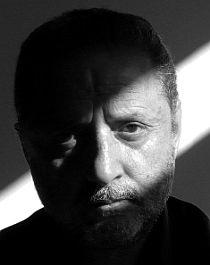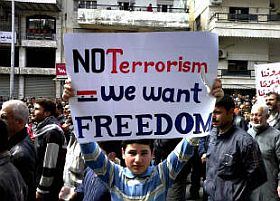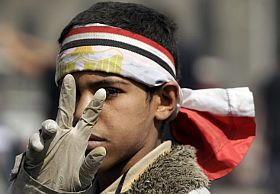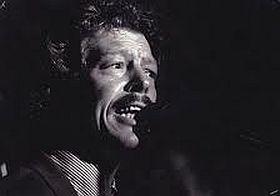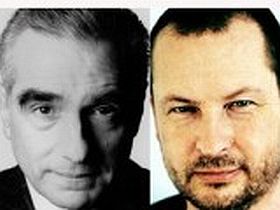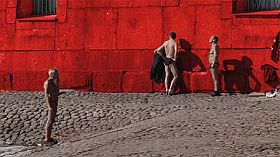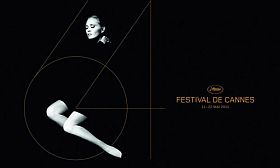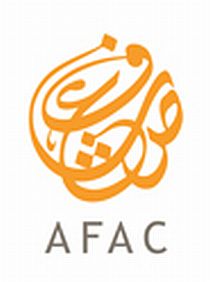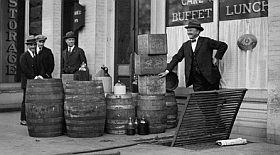


Dox-Lab 2011
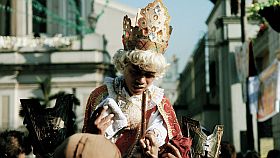
It is good and bad at the same time. Bad because it reflects that international cooperation for the production of non-mainstream documentaries no longer happens between the national film funds and/or the national broadcasters, good because it reflects that festivals cooperate and are able to get something going that makes sense and stimulates the development of the documentary or – as they call it themselves – factual film genre. With the financial help of the EU MEDIA Mundus programme, not to forget. The MEDIA programme as such is indispensable for film in Europe, and now also important worldwide through Mundus.
Clip from press release of Danish festival cph:dox: DOX:LAB was started in 2009 with an aim to create a space where unauthorized cinematic forms can be explored and developed. By handpicking a group of filmmakers with very different backgrounds, narrative traditions and different access to production, CPH:DOX strives to stimulate creative international dialog.
With the cooperation of its international partners CPH:DOX hopes it can provide ideal conditions for factual filmmaking through this exclusive programme and establish solid professional relations for participants. Internationally CPH:DOX is linked with BAFICI and Buenos Aires Lab (BAL) in South America; Hong Kong Asian Financing Forum (HAF) at the Hong Kong International Film Festival in Asia and two partners in the Middle East region, Screen Institute Beirut and the Dubai Film Connection (DFC), part of the Dubai International Film Festival.
For 2011 not all directors have been selected, but the first list includes well known Slovak Peter Kerekes, Danish Andreas Koefoed (big success with ”Albert’s Winter”) and Argentinian, Brazilian, Indonesian and Hong Kong directors. The latter, 10 of them, are to be ” paired with ten European filmmakers over one year to make ten films. This year’s intake of film projects will be showcased in 2012 at CPH:DOX in Copenhagen.”
CPH:DOX director Tine Fischer: “DoxLab is truly a global meeting pot of creative ideas and visions.”
Photo: Son of God, DoxLab film by Kvahn de la Crzu and Michael Noer.
More info: anne-lill@cphdox.dk
